|
Overhead view
|
Perspective view
|
Plate 1: Unmanaged two-storied stand
Stand has 82 square feet of basal area and 120
trees per acre.
|
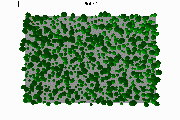
|
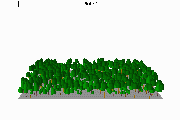
|
Plate 2: Individual tree selection--evenly distributed
Retained trees are uniformly distributed over
the 6-acre area.
Harvest retained 45 square feet of basal area and 62
trees per acre.
|

|
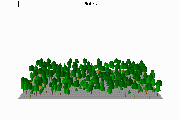
|
Plate 3: Individual tree selection--variable density
Retained trees are distributed to achieve
variable density.
Harvest retained 45 square feet of basal area and 62
trees per acre.
|
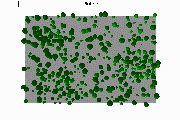
|

|
Plate 4: Group selection for wildlife habitat
enhancement
Opening create wildlife feeding area and add
an additional age class of shade intolerant species.
Approximately 1/3 of the area is harvested.
Harvest retained 58 square feet of basal area and 84
trees per acre.
|
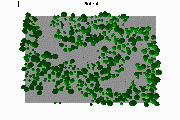
|
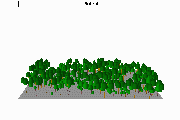
|
Plate 5 and 6: Group selection for regeneration
Management objective is to add another age
class of shade intolerant species. Approximately 1/3 of
the area is harvested. Harvest for this treatment are
the same as the group selection for wildlife habitat
enhancement except the groups are more symmetric to
bring more sunlight into the openings to encourage
regeneration of shade intolerant species.
Harvest retained 58 square feet of basal area and 84
trees per acre.
|
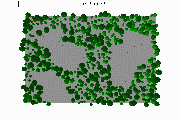
|
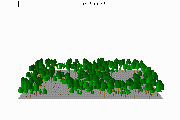
|
Plate 7: Group selection to establish uneven-age stand
conditions
Management objective is to create four age
classes. Approximately 1/4 of the area is harvested now
and an additional 1/4 will be harvest in 20-30 years.
Harvest retained 60 square feet of basal area and 88
trees per acre.
|
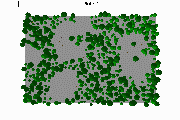
|
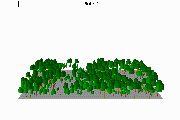
|
Plate 8 and 9: Combination group and individual tree
selection
Individual tree selection was applied to the
western 1/2 of the stand and group selection was used to
rehabilitate the southeast corner of the stand where
disease resulted in high mortality.
Harvest retained 50 square feet of basal area and 72
trees per acre.
|

|
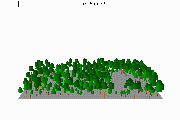
|
Additional images to demonstrate visual simulation
capabilities
|
|
|
Unmanaged stand (plate 1) as seen from within the
stand.
|
 |
|
Individual tree selection--evenly distributed (plate
2) seen from within the stand.
|
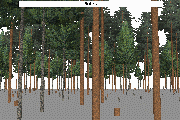 |
|
Group selection for regeneration (plates 5 and 6) seen
from within the stand.
|
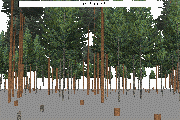 |
|
Unmanaged stand (plate 1) as seen from within the
stand looking up with wide-angle lens.
|
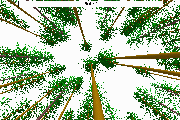 |
|
Individual tree selection--evenly distributed (plate
2) seen from within the stand looking up with wide-angle
lens.
|
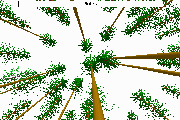 |
|
Group selection for wildlife habitat enhancement
(plate 4) with overlay delineating group selection
boundaries.
|
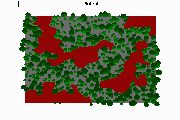 |
|